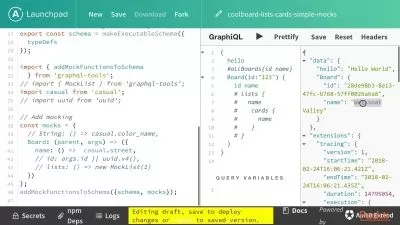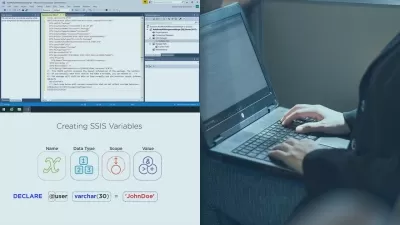Designing and Implementing SQL Server Database Indexes
Gail Shaw
2:11:38
Description
This course is an introduction to SQL Server indexes. In this course, you will be covering common index types and discussing how to index to support your workloads.
What You'll Learn?
Poor database performance is a problem for applications and annoys users. Poor performance often comes down to poor indexing of critical tables. In this course, Designing and Implementing SQL Server Database Indexes, you'll gain knowledge on how to avoid these issues through the effective use of SQL Server database indexes. First, you'll discover the main index types that SQL Server has. Next, you'll explore considerations for their use. Finally, you'll learn how to choose indexes and index keys to best support your applications. When you've finished this course, you'll be in a good position to optimize all of your SQL Server databases and improve your applications' speed and throughput.
More details
User Reviews
Rating
Gail Shaw
Instructor's Courses
Pluralsight
View courses Pluralsight- language english
- Training sessions 34
- duration 2:11:38
- level average
- Release Date 2023/10/11






















